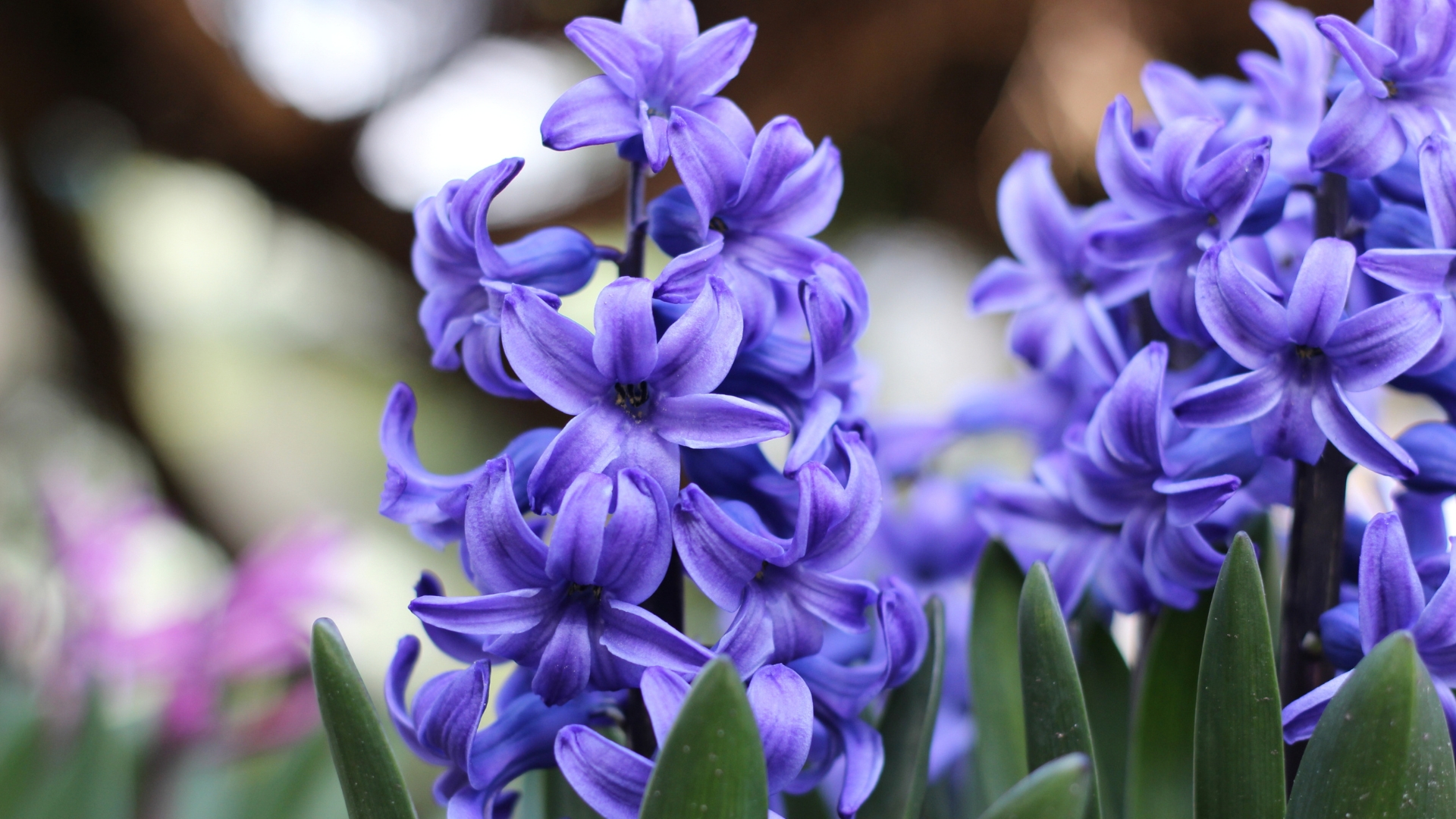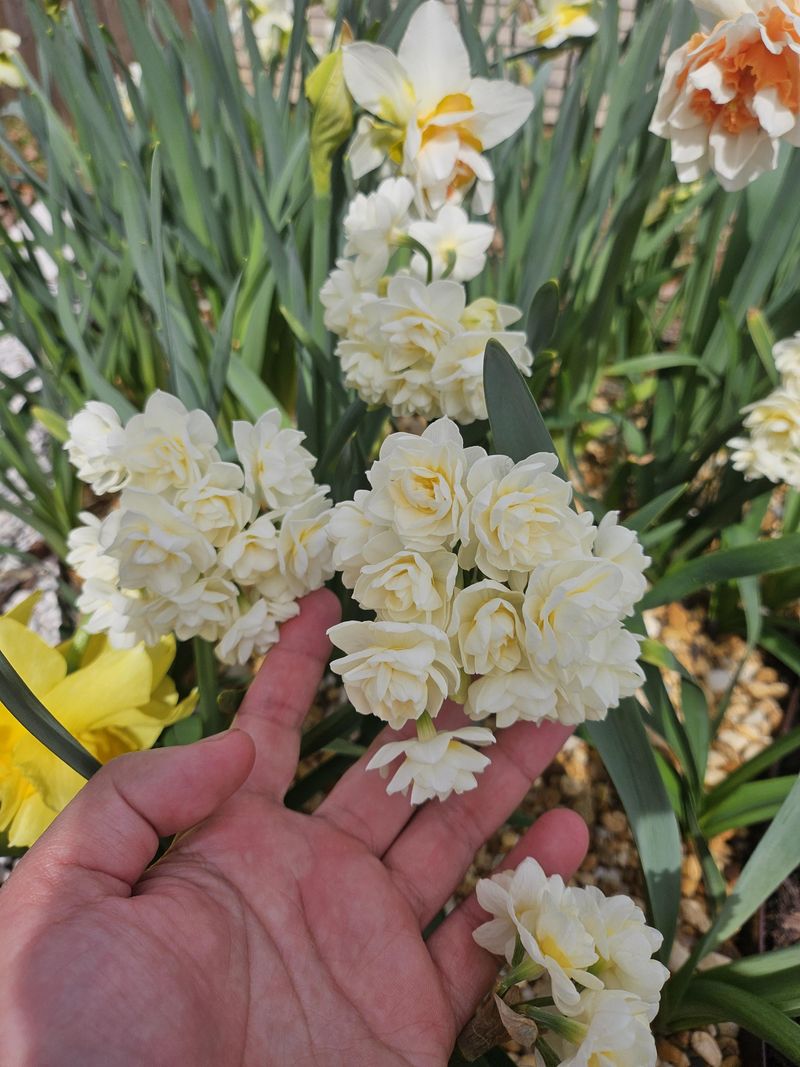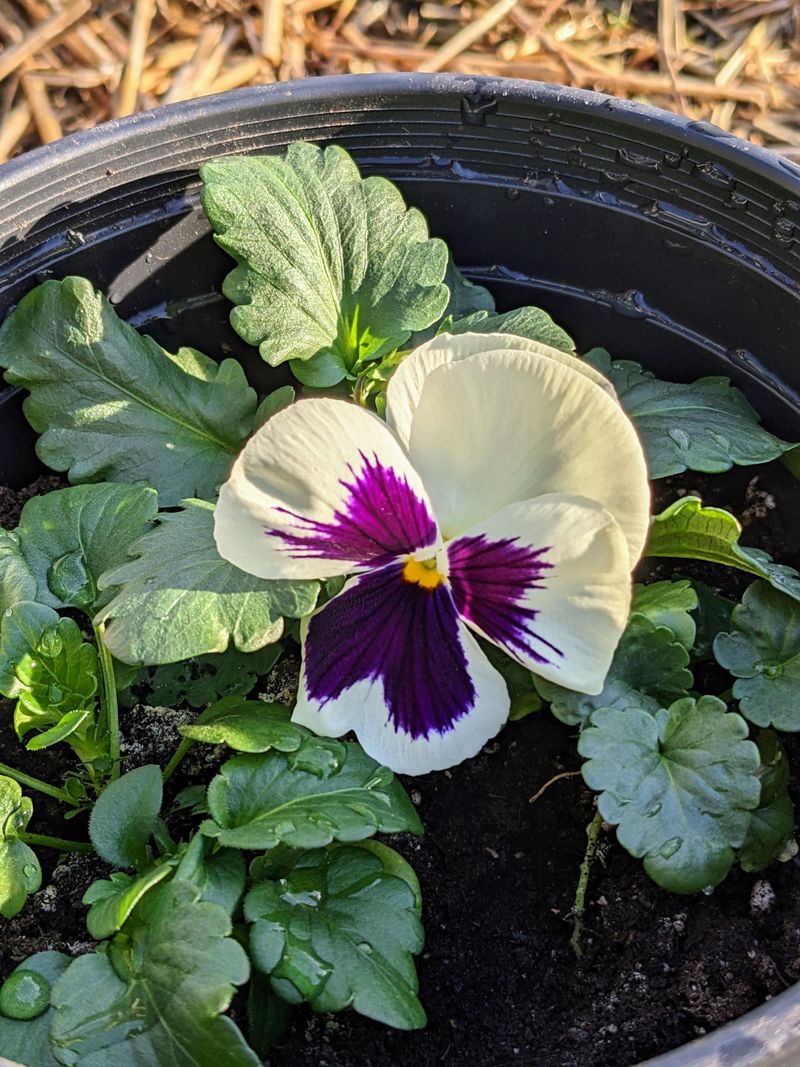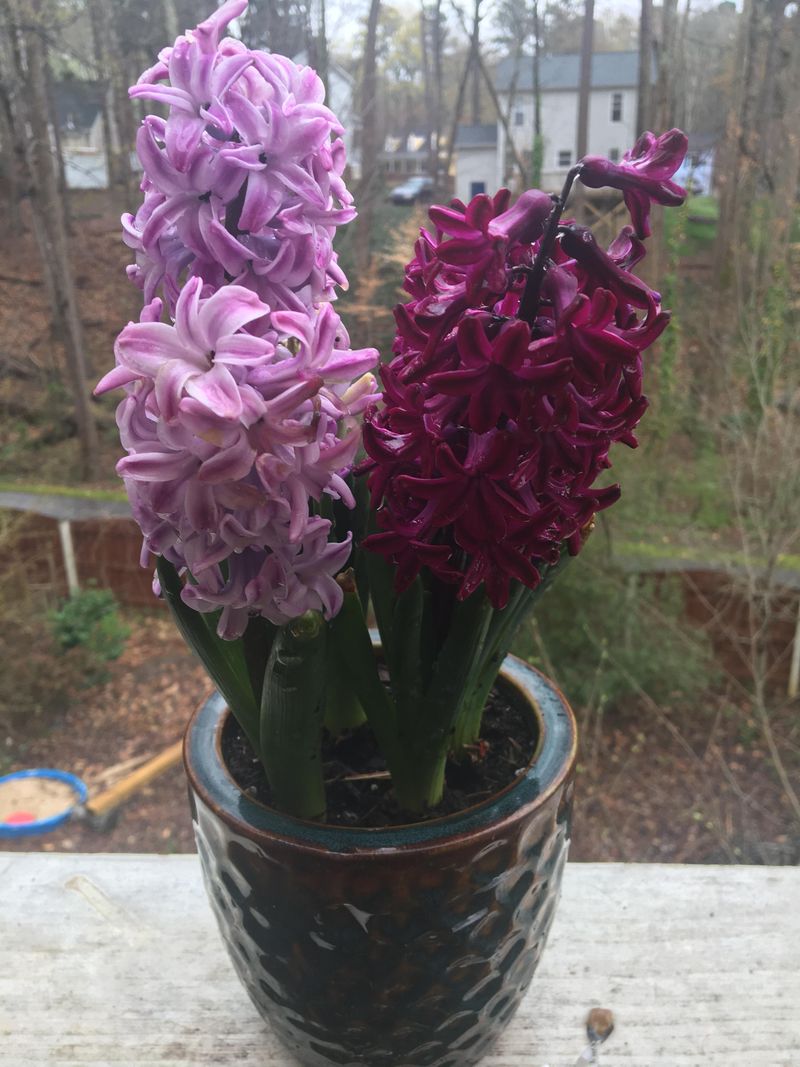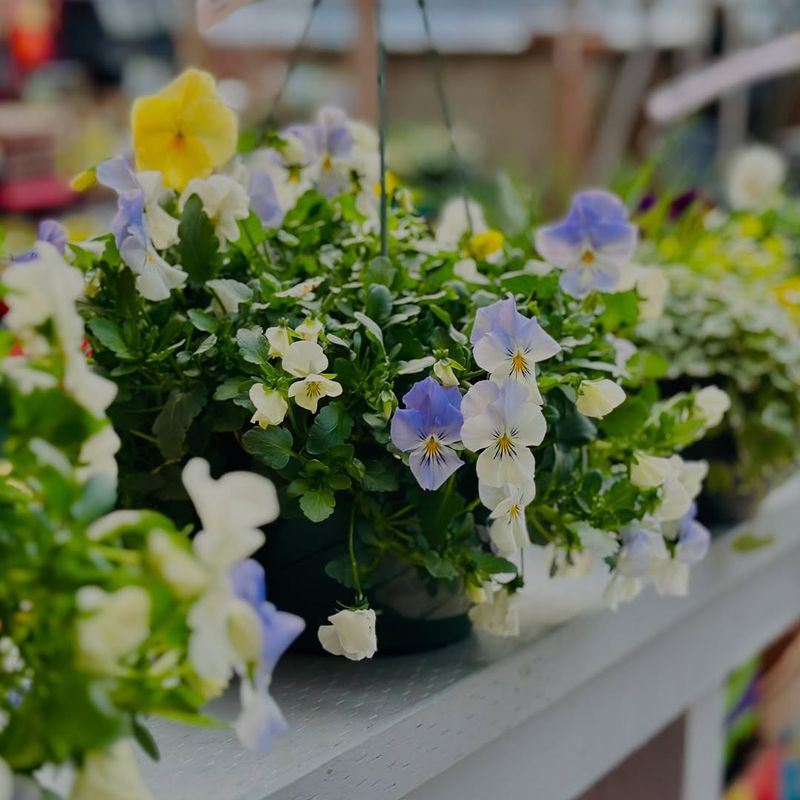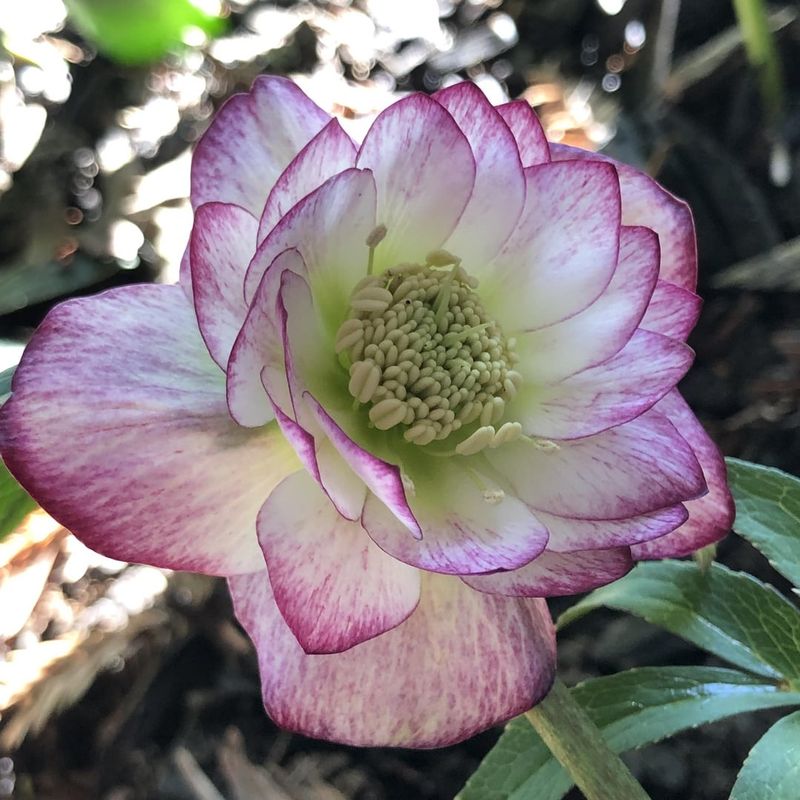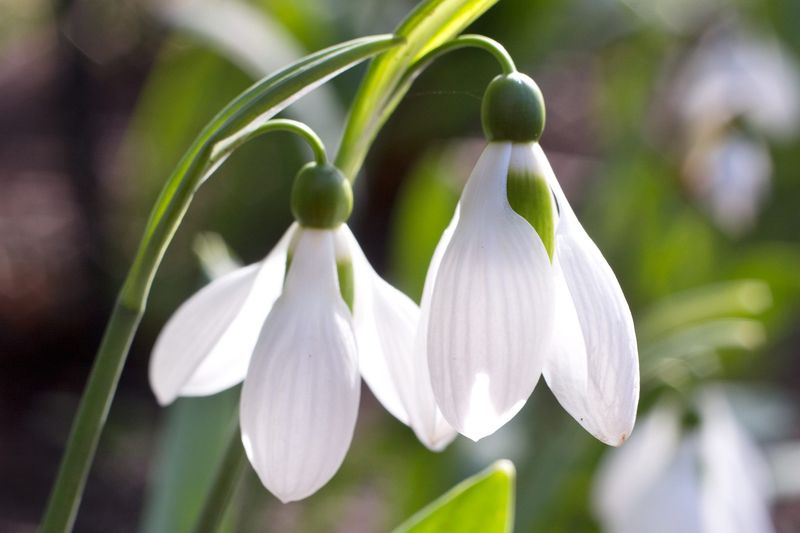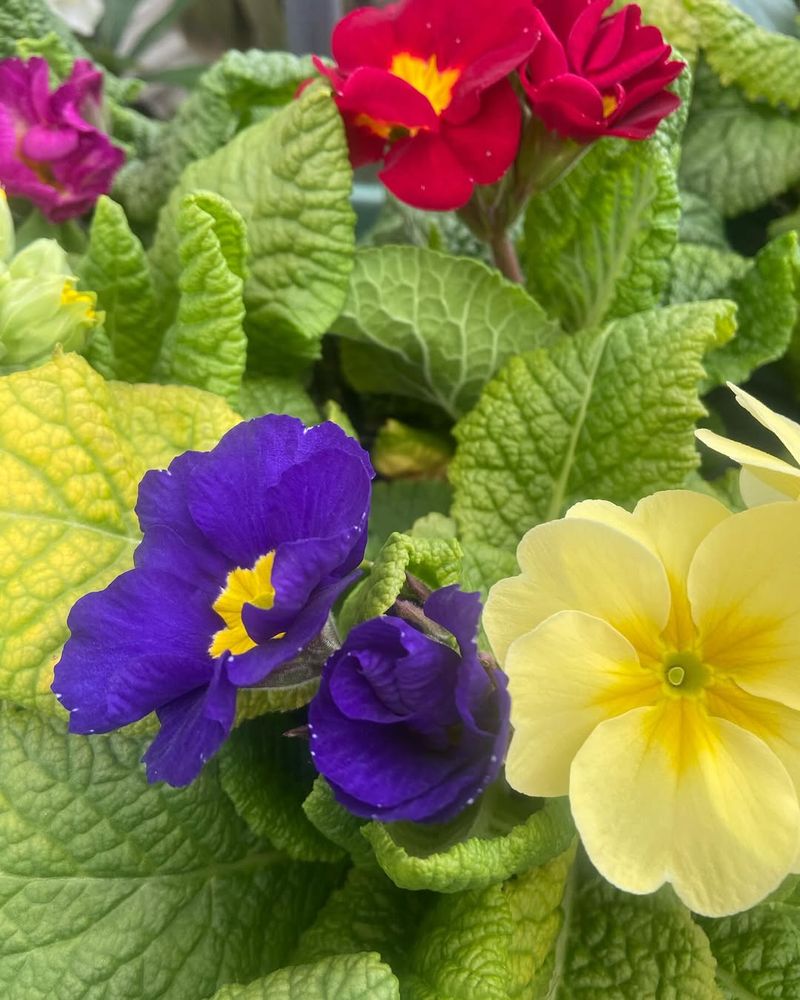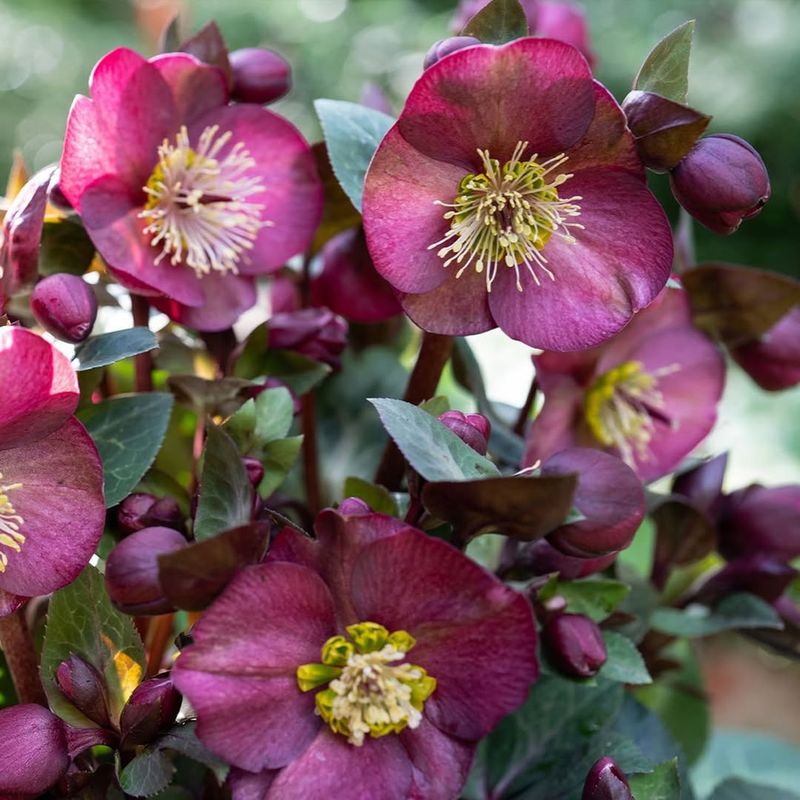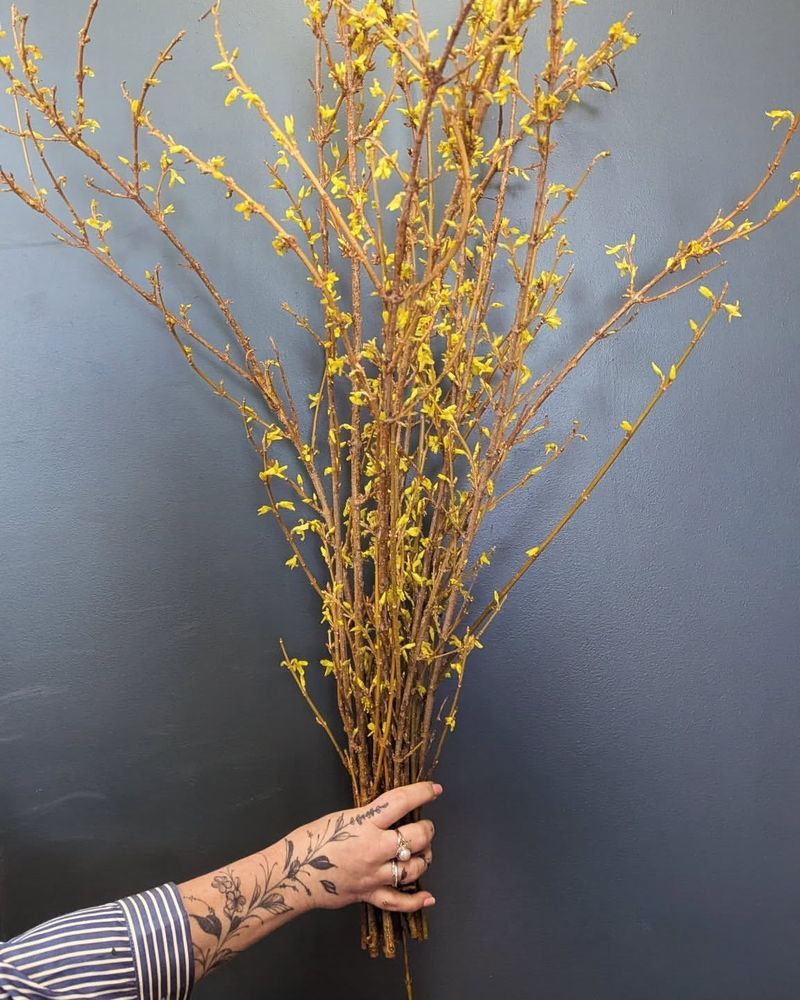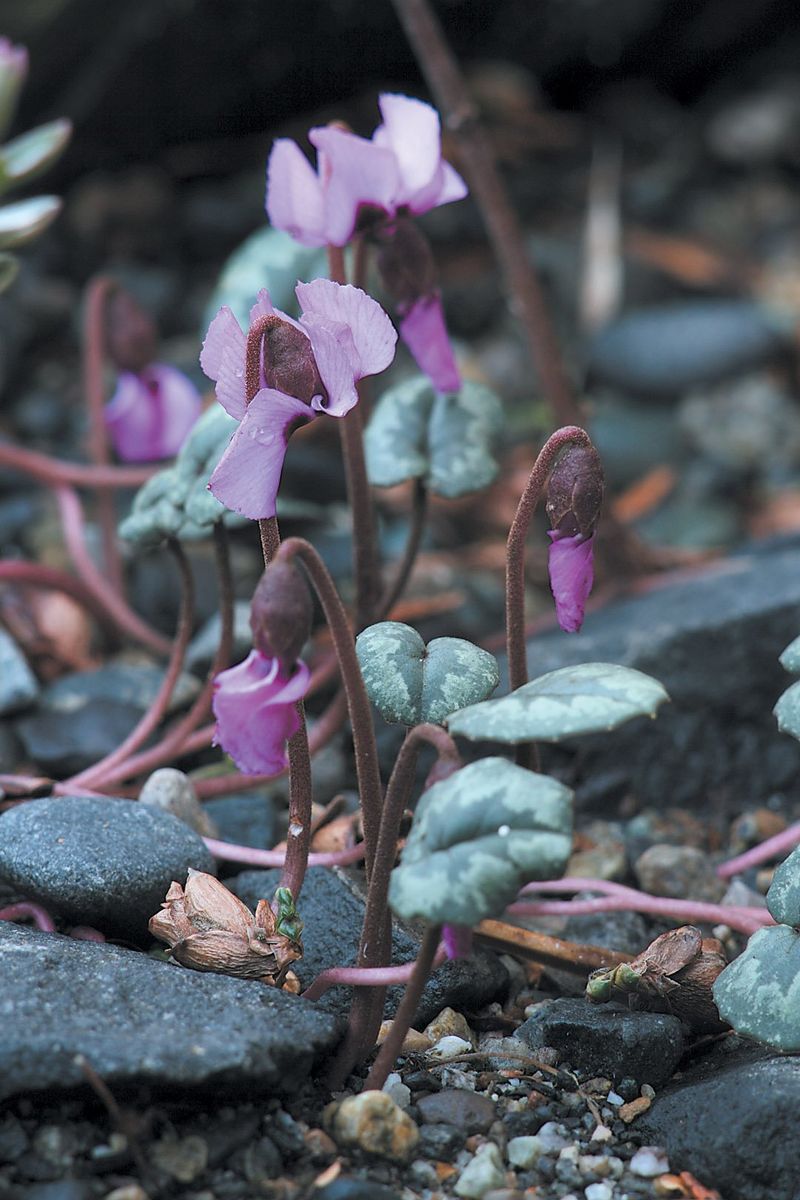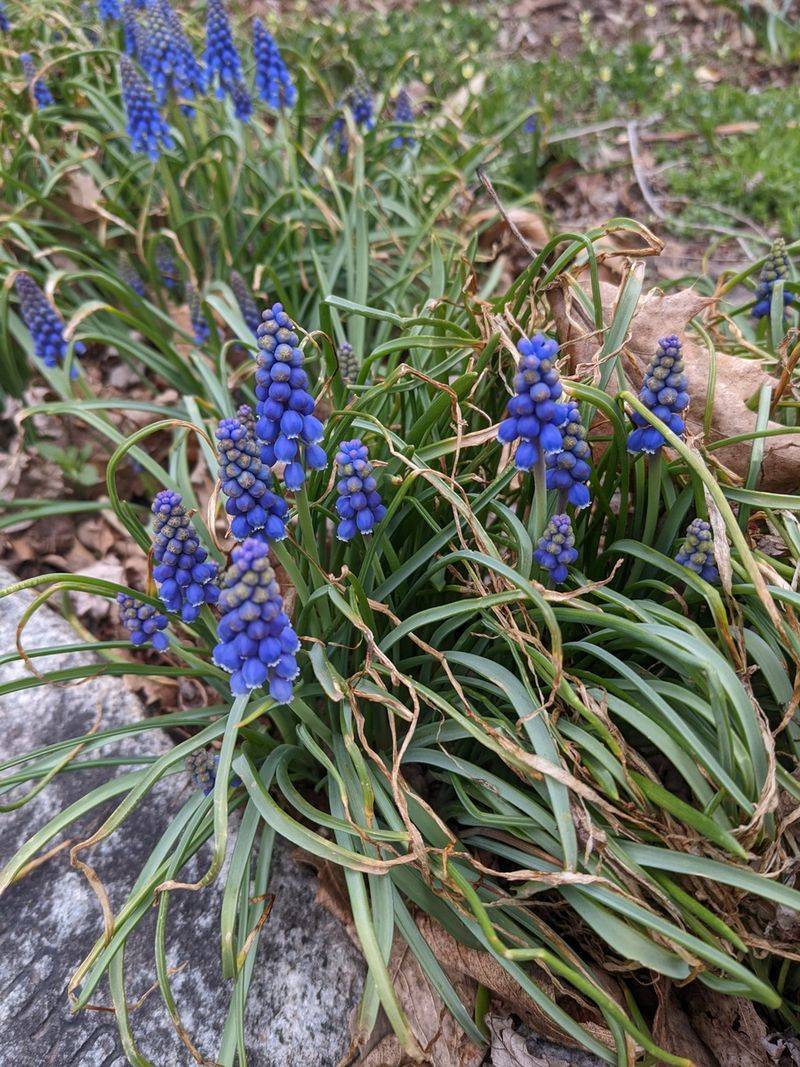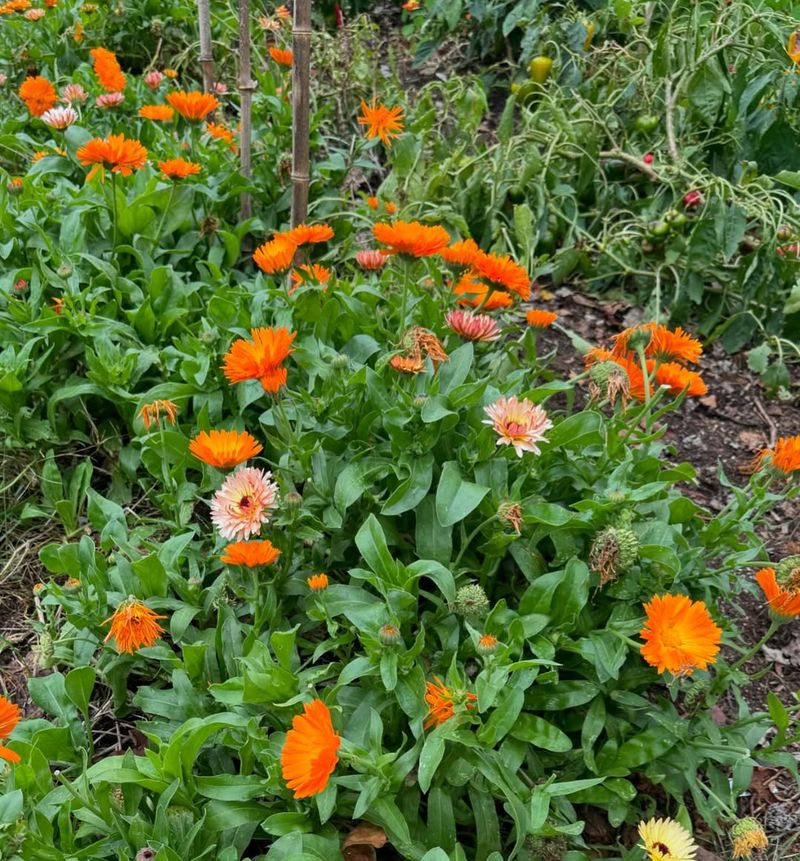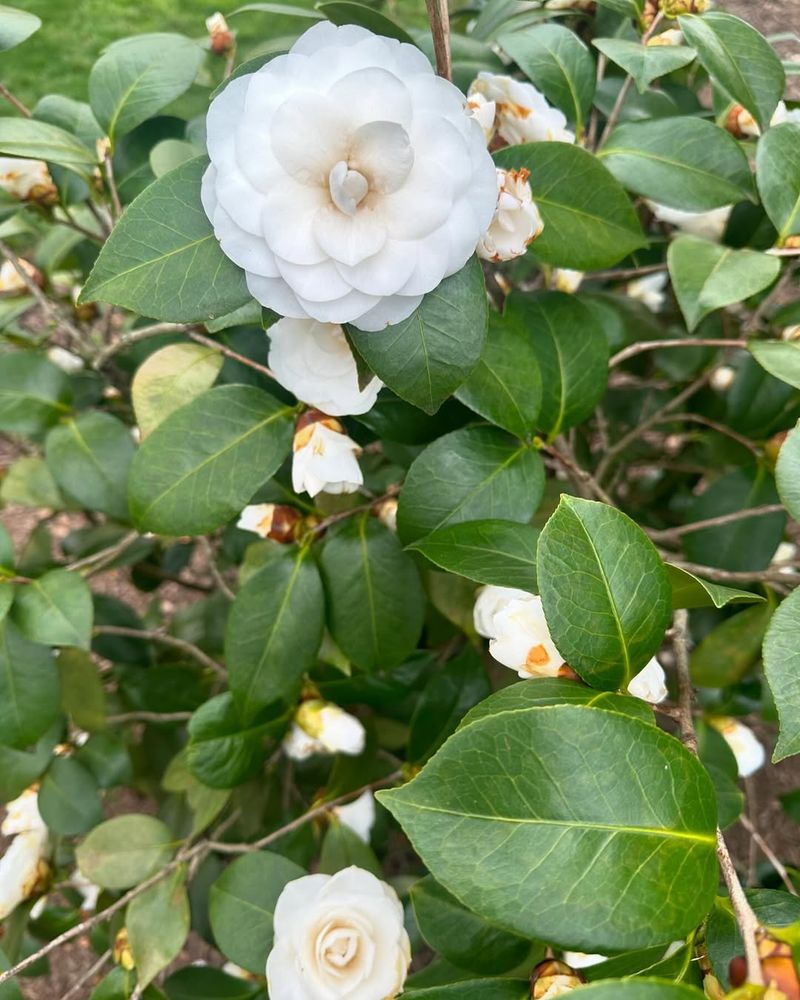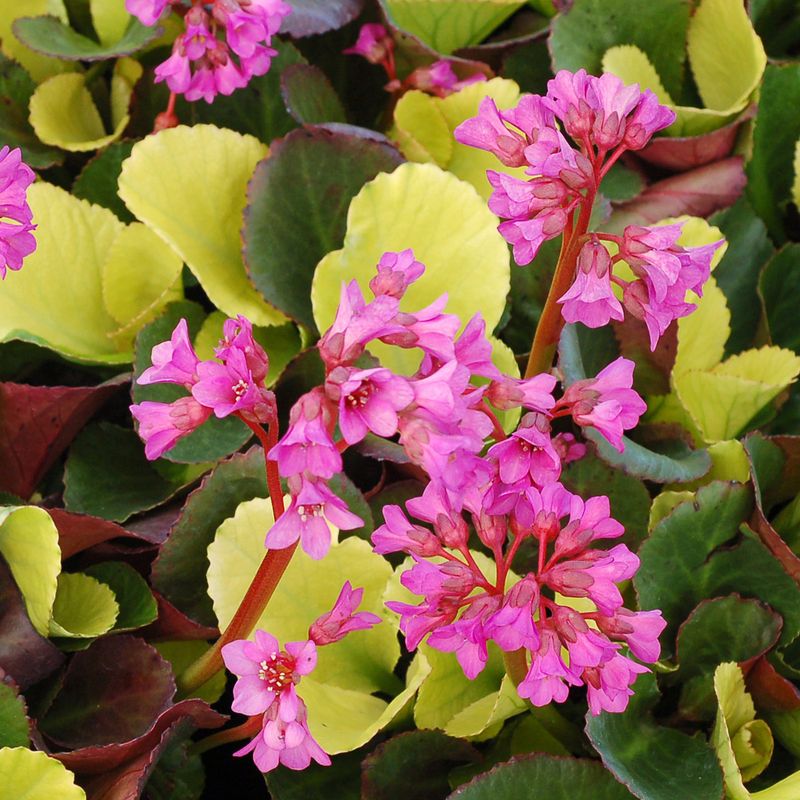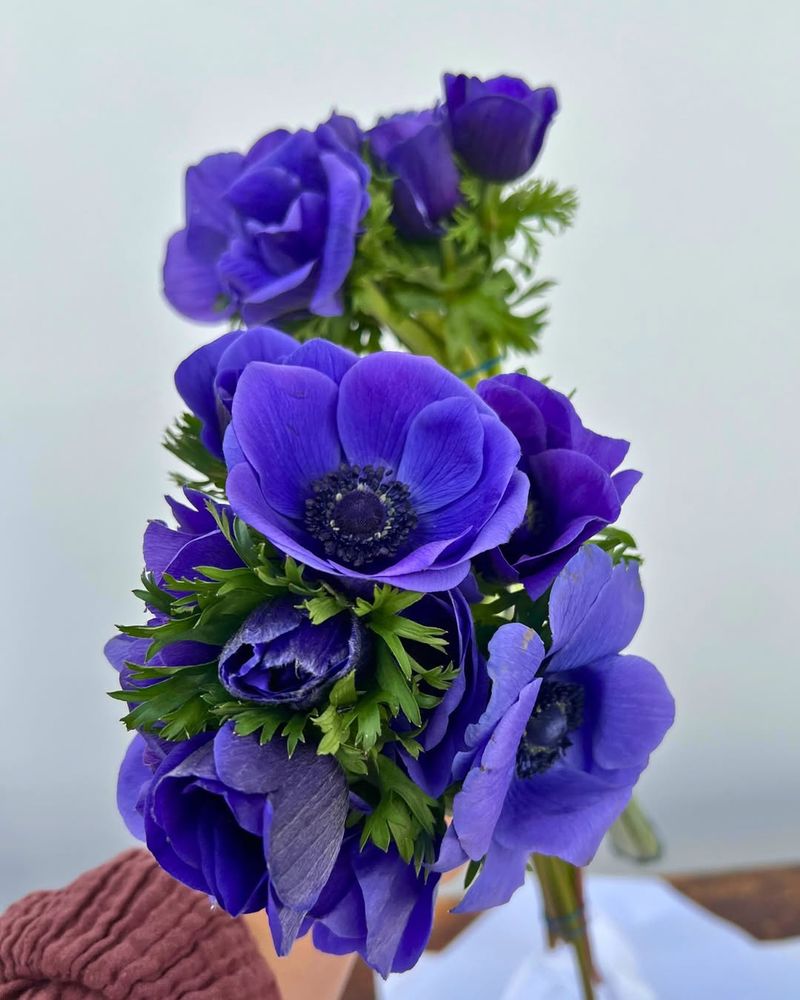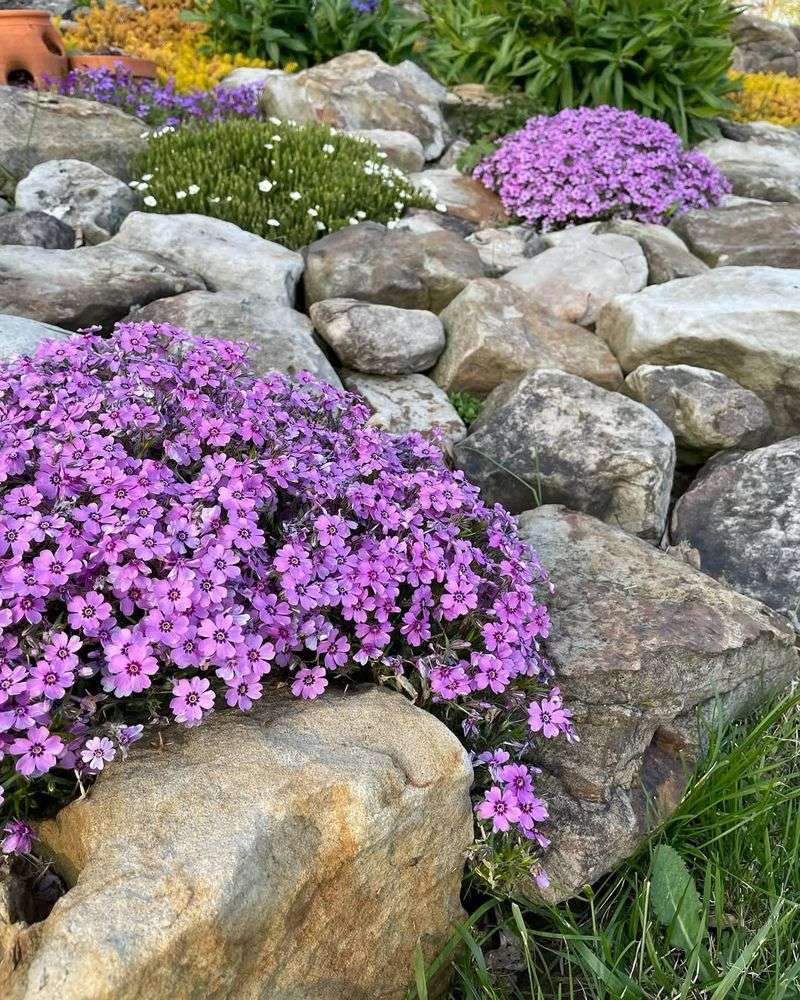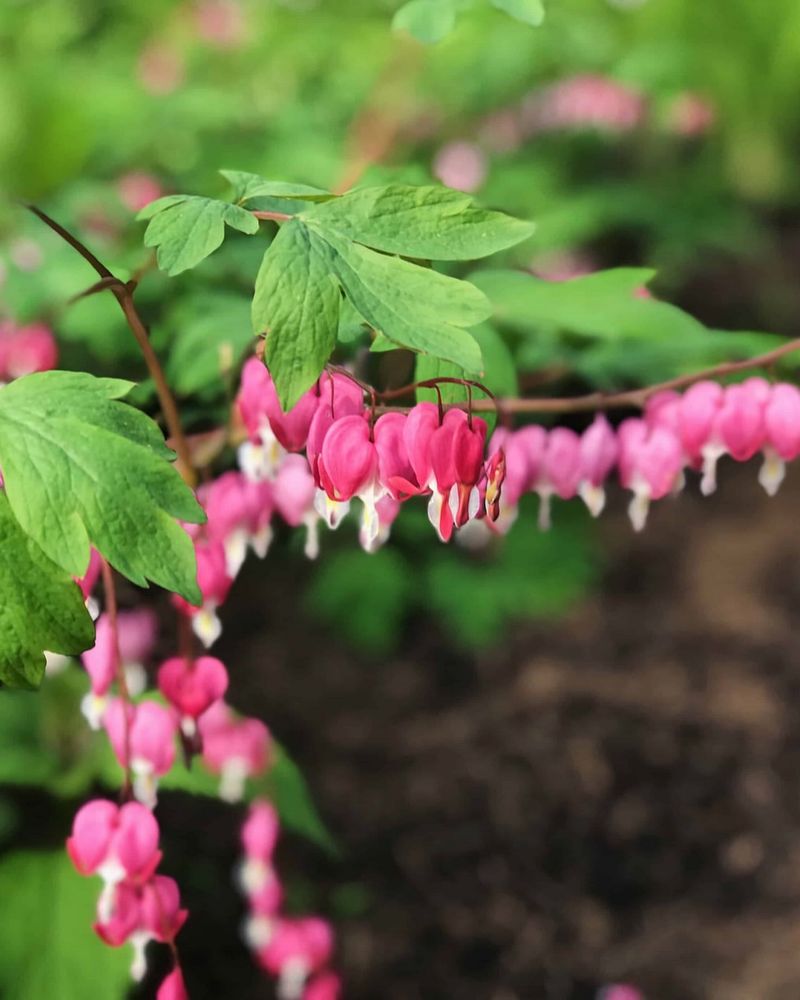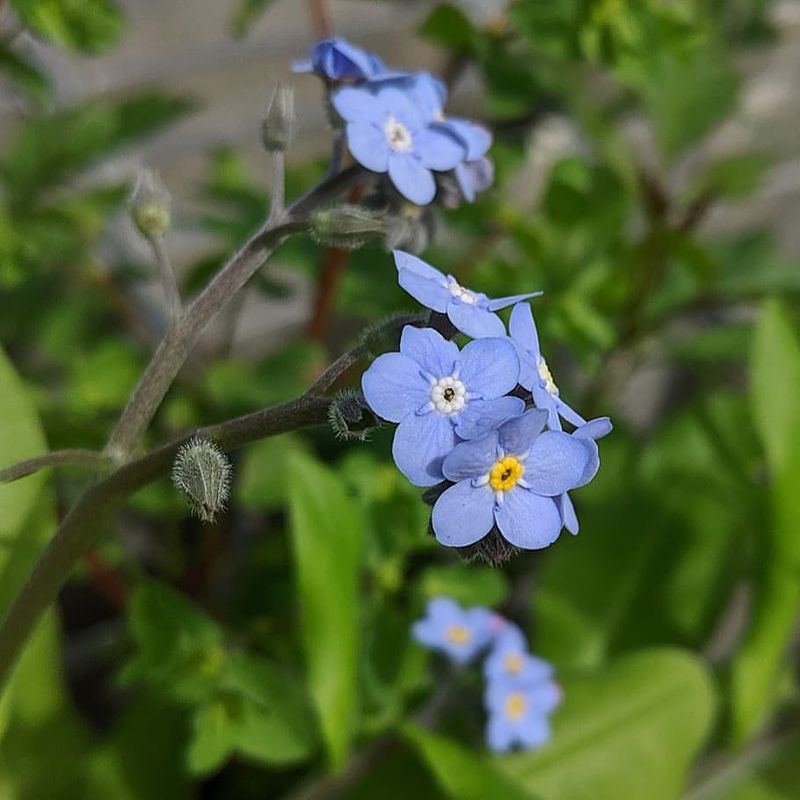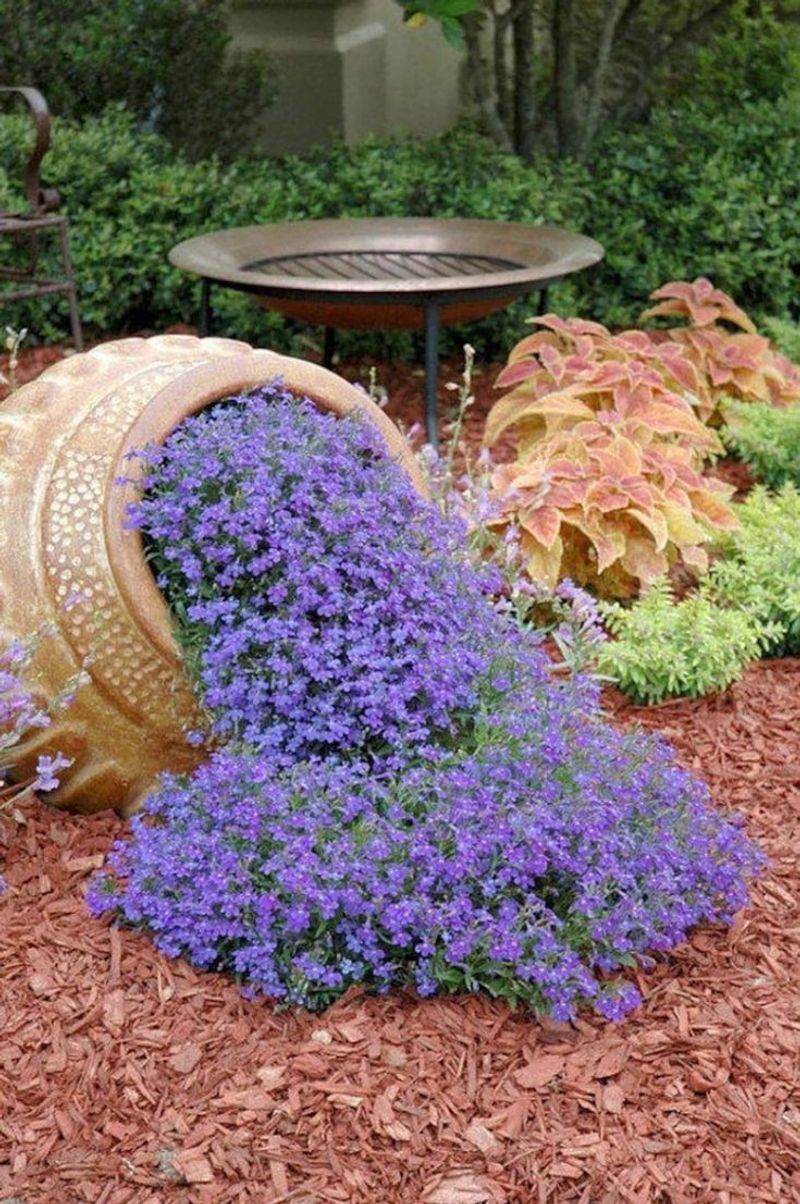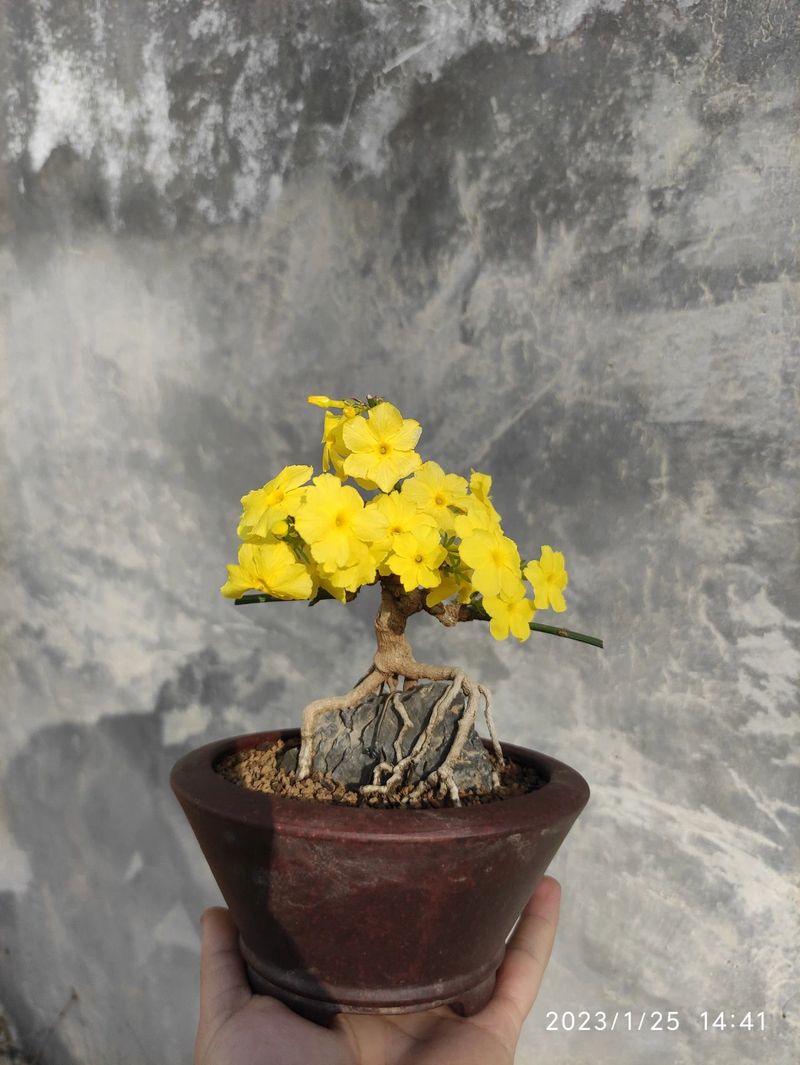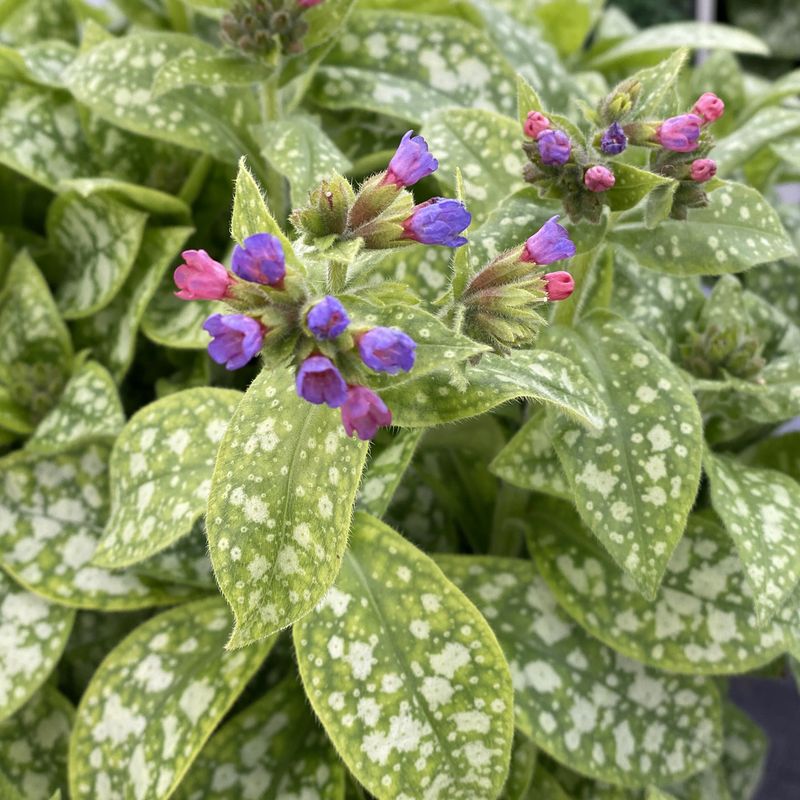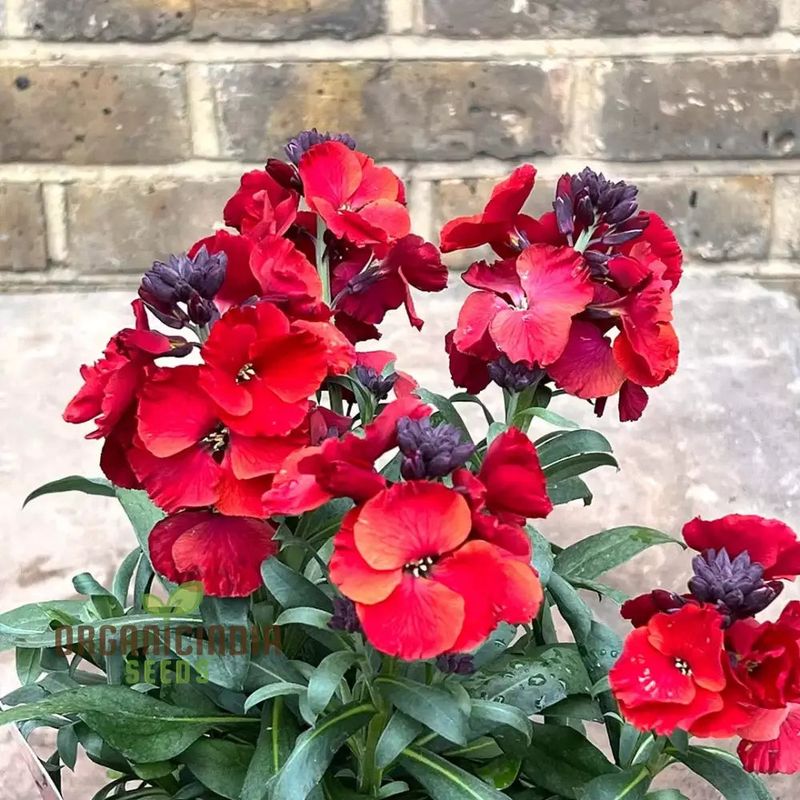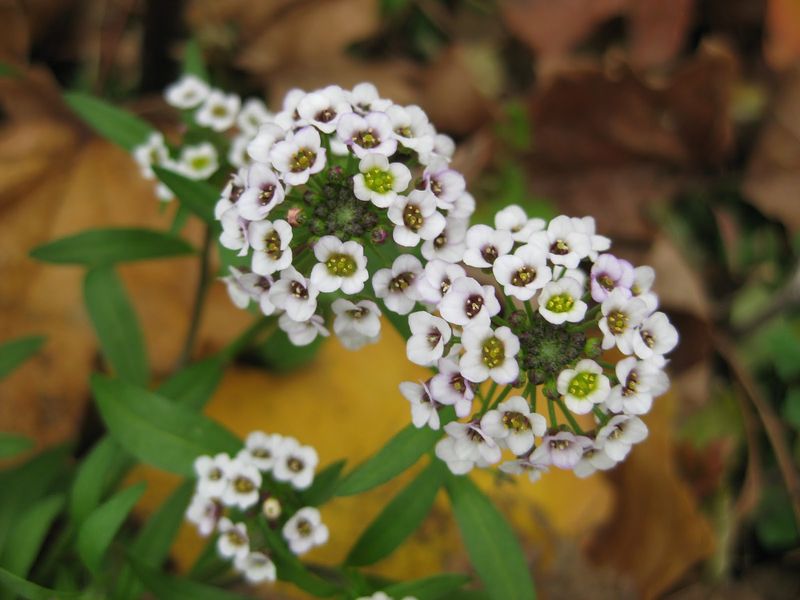March is that magical time when gardens start shaking off the winter chill and bursting into color. There’s nothing quite like stepping outside to see the first signs of spring.
And the best part? You don’t have to be a gardening expert to enjoy a beautiful display of flowers this month. Whether you have a green thumb or are just getting started, these low-maintenance blooms will bring beauty to your space without demanding too much effort.
Plus, I’ll share some simple tricks to keep their colors for as long as possible.
1. Daffodils For Early Cheer
When I see daffodils, I feel spring’s arrival. These sunny blooms pop up early, often peeking through the last of winter’s frost. They’re such a joy! Have you ever tried planting them? They’re carefree and bounce back yearly with just a little sunshine.
Daffodils are resilient, needing minimal attention once planted. To extend their bloom time, deadhead them after flowering. This simple trick keeps them pretty longer. Plus, they deter pesky deer. A win-win!
Just remember, their bulbs are toxic, so keep them away from pets. But really, who doesn’t love a splash of yellow cheer?
2. Crocuses For First Blooms
As the snow begins to melt, crocuses emerge, painting the ground with early color. They’re the first to brave the cold, a true heralding of spring. Have you noticed how they open to the sun and close at night? It’s fascinating!
Crocuses are hardy and low-maintenance. For extended blooms, plant them in clusters and ensure well-drained soil. They multiply over time, offering more beauty with each passing year.
Deer and rodents tend to avoid them, which is a bonus. To enjoy them for longer, plant in a sunny spot and let nature do its thing.
3. Pansies For Cool Weather Color
Ever notice how these seem to smile at you? They’re perfect for lifting spirits with their cheerful faces. And they’re tough! Thriving in the cooler weather, they add much-needed color when few others dare.
Pansies are easy to care for. The secret to prolonging their blooms lies in regular deadheading. It’s a simple task with rewarding results. They love the sun but tolerate partial shade too.
So, where do you plant yours? A friendly tip: keep them in a spot with good air circulation, and they’ll flourish all season long.
4. Tulips For Classic Beauty
These are the epitome of elegance, offering a burst of color in early spring. I love how they stand tall, swaying gently in the breeze. The variety in color is astounding, isn’t it?
These beauties are best planted in the fall for a spring display. To extend their life, plant bulbs deep and in well-draining soil. Once they bloom, avoid cutting the leaves.
They store energy for next year. Have you tried mixing colors? It creates a stunning display! Just watch out for bulb-loving critters. A little netting goes a long way.
5. Hyacinths For Fragrant Gardens
Hyacinths offer not just color but a lovely fragrance that fills the air. I adore their rich hues and how they make any garden feel alive. Their scent is simply intoxicating!
They need minimal care. Plant them in well-drained soil, and they’ll thrive. To keep their blooms longer, ensure they get full sun. Deadheading, as the flowers fade, keeps them looking good. Did you know they can cause skin irritation?
Wearing gloves while handling them is wise. Planting them near paths ensures you enjoy their scent every time you walk by.
6. Violas For Delicate Blooms
This one reminds me of miniature pansies, and they have a charm all their own. I first planted them years ago, and they’ve been a staple since. Their delicate blooms are surprisingly hardy.
I find them perfect for containers or borders. They tolerate cold and even a bit of neglect. To extend bloom time, I regularly deadhead them, which encourages more flowers. Their subtle fragrance is a bonus.
Do they grow well in your garden too? Just remember, they prefer well-draining soil. Water them moderately, and they’ll reward you with continuous blooms.
7. Hellebores For Shade Gardens
In the world of shade-loving plants, hellebores reign supreme. They offer stunning blooms when little else does. Their nodding flowers add a touch of mystery to any garden.
These plants are robust and require little fuss. Plant them in rich, well-drained soil, and they thrive in shady spots. To prolong their beauty, remove old leaves in late winter. New growth emerges in spring.
Have you considered combining them with ferns? The effect is enchanting! Hellebores are perfect for woodland settings, adding color when few others can. Just watch for early slugs and snails.
8. Snowdrops For Hardy Elegance
These are a winter wonder, charming with their dainty white bells. Ever notice how they brave the harsh cold? It’s as if they’re whispering, “Spring is near!”
Though small, they pack resilience. Plant them in drifts for a carpet effect. They multiply over time, often going unnoticed until a snowy backdrop highlights them. Love the effect of clusters?
Make sure they’re in well-drained soil for best results. Ever tried planting them near a path? Their beauty stands out against the snow. And don’t worry, they’re deer-resistant too, so they last longer.
9. Primroses For Hues
They thrive in cool weather, making them a March favorite. Their petals and rosettes of leaves are hard to resist.
For best results, plant them in groups in moist, well-drained soil. They’ll reward you with long-lasting blooms. Ever paired them with spring bulbs? It’s a combination that wows!
Shade-tolerant, they brighten up darker spots in the garden. Keep them moist but not waterlogged, and they’ll flourish. Primroses are the perfect pick-me-up after a long winter’s rest.
10. Lenten Roses For Long-Lasting Flowers
Lenten roses are truly special. I planted my first ones years ago, and they’re still thriving, even multiplying over time. Their long-lasting blooms are a sight to behold.
These perennials prefer shaded areas with rich soil. I find that removing old foliage in late winter helps new growth flourish. Have you tried them? They’re low-maintenance, yet so rewarding.
Their nodding flowers add grace to any corner. Just remember, they dislike being moved, so choose their spot wisely. With minimal effort, they bring continuous joy to the garden.
11. Forsythia For Golden Branches
Forsythia bursts into golden blooms, signaling spring’s arrival. Their display is a true spectacle. Have you seen a more cheerful plant?
These shrubs are carefree, thriving in most soils. To extend their flowering, prune right after blooming. This encourages more growth and flowers next season. They’re perfect for hedges or standalone features. Forsythia is also a great choice for cut flowers.
They brighten any room! How do you use them in your garden? A sunny spot ensures the best blooms. Just watch out. They can spread quickly if not controlled.
12. Cyclamen For Winter-To-Spring Color
Cyclamen’s blooms emerge when little else does. They’re a delightful bridge from winter to spring. Have you ever admired their intricate petal patterns?
Thriving in partial shade, they love cooler temperatures. To prolong their bloom, keep them evenly moist, but avoid soggy conditions. Cyclamen are perfect for containers or under trees. Ever tried pairing them with snowdrops? It’s a magical combo!
Their heart-shaped leaves add interest even when not in bloom. How do they fare in your garden? Remember, they prefer well-drained soil and a little afternoon shade for best results.
13. Grape Hyacinths For Tiny Wonders
These are small but mighty, adding a touch of whimsy to any garden. Their clusters of blue blooms are simply enchanting. Do you find them as captivating as I do?
These tiny wonders thrive with minimal care. Plant them in well-drained soil and sunny spots. They’ll spread naturally, creating a sea of blue. I find that deadheading spent blooms keeps them looking tidy.
They’re also great for naturalizing in lawns. How do you use them in your garden? With their color, grape hyacinths are a delightful addition to any spring display.
14. Calendula For Sunny Blooms
This one has been a favorite of mine for years. Its sunny blooms are perfect for brightening any garden space or container. I love the splash of orange and yellow they bring.
These annuals are easy to grow. I find they thrive in full sun with well-drained soil. Deadheading regularly keeps them flowering continuously. Have you tried incorporating them into your herb garden?
They’re also edible, adding color to salads. Calendula is a versatile plant and a must-have in my garden. Just a tip: they can self-seed, creating a wonderful natural spread.
15. Camellias For Southern Charm
Southern plant, bringing charm and grace with minimal effort. Their large blooms and glossy leaves are captivating. Have you ever admired their classic beauty?
These shrubs thrive in acidic, well-drained soil. Partial shade is ideal for them. To prolong blooms, water them consistently but avoid waterlogged soil. They’re perfect for adding structure and color.
Do you find they fit well in your garden design? Pruning after flowering helps maintain their shape. Camellias are a quintessential They’re well worth the space they occupy.
16. Bergenia For Foliage And Flowers
With its big leaves, this one adds interest all year long. Isn’t it fascinating how plants can look so striking even without flowers?
These hardy perennials thrive in sun or shade, requiring little care. Their spring flowers are a bonus, peeking out amidst the foliage. Ever noticed how the leaves redden in cold weather? It’s a lovely transformation. How does bergenia fare in your garden?
It’s great for edging or filling gaps. Just keep the soil well-drained, and they’ll reward you with enduring beauty. For continuous appeal, remove spent flowers and enjoy the foliage display.
17. Anemones For Delicate Petals
These are a spring delight. Their simple, yet elegant blooms dance in the breeze. Do you find their charm irresistible?
These perennials are low-maintenance, thriving in well-drained soil. They prefer partial shade, making them perfect for borders or woodland gardens. To extend their blooms, ensure they receive consistent moisture. Have you tried combining them with other spring bulbs?
The effect can be stunning. Anemones are a wonderful choice for adding grace and beauty to any garden setting. Their understated elegance is hard to beat.
18. Phlox For Ground Cover Beauty
Phlox has been a staple ground cover in my garden. Its dense carpet of flowers offers unmatched beauty. I love how it cascades over edges and rocks.
These perennials are easy to grow, needing only sun and well-drained soil. To prolong their bloom, I shear them back after flowering. They rebound quickly, offering another flush of color.
Have you tried them as a border plant? They’re perfect for softening hard lines. Phlox adds both color and texture, making it a versatile choice. My garden wouldn’t be the same without it.
19. Bleeding Hearts For Unique Blooms
These are a conversation starter with their unique blooms. Their heart-shaped flowers hanging from arching stems are a sight to behold.
These perennials thrive in shady spots with rich, moist soil. To extend their bloom, keep them consistently watered. They’re perfect for woodland gardens or shaded borders. Have you tried pairing them with ferns? The combination adds drama and interest.
Bleeding hearts are a special addition, offering beauty with minimal fuss. Their distinctive blooms make them a favorite. Just a note: be gentle when planting. They dislike disturbance.
20. Forget-Me-Nots For Woodland Gardens
These are the sweetest little flowers, aren’t they? Their tiny blue blooms add charm to any garden setting.
These biennials thrive in partial shade, making them ideal for woodland gardens. To extend their bloom, ensure they’re planted in moist, well-drained soil. Ever paired them with ferns or hostas? It’s a delightful combination. Forget-me-nots are perfect for adding a touch of whimsy.
They self-seed, creating a natural spread. Have you noticed their blooms look lovely in small posies? These resilient flowers bring cheer to any spot with ease.
21. Rock Cress For Cascading Color
These perennials are low-maintenance, thriving in sunny spots. They love well-drained soil, making them perfect for rock gardens or containers. To prolong blooms, trim back after flowering.
Ever tried them in hanging baskets? They’re a great choice for a cascading effect. Rock cress adds a splash of color that softens hard surfaces.
They’re a favorite for creating visual interest with minimal effort. How do you use them in your garden design?
22. Winter Jasmine For Early Yellow Flowers
Winter jasmine has been a delightful addition to my garden. Its early yellow blooms bring much-needed color during the colder months.
This vine thrives with little care, making it perfect for busy gardeners. I love how it trails along fences and trellises. For extended blooms, I prune it sparingly, allowing new growth. Have you tried it as a ground cover?
It works amazingly well. Winter jasmine’s cheerful flowers always lift my spirits, even on gloomy days. It’s a hardy plant that I recommend to anyone looking for easy, early color in their garden.
23. Lungwort For Spotted Leaves And Blooms
This one is not just about the flowers. Its spotted leaves are the real stars. Have you ever marveled at their unique patterns?
These perennials thrive in shade, making them perfect for woodland settings. To prolong blooms, keep the soil consistently moist but well-drained. Lungwort is excellent for adding texture and interest. Have you tried combining them with hostas?
The effect is beautiful. They add a touch of whimsy with their spotted foliage. Lungwort’s resilience makes them a gardener’s favorite. How do they fare in your garden? They’re truly a unique addition.
24. Wallflowers For Long-Lasting Color
These offer a long-lasting display of color. Their cheerful blooms are a garden staple. These biennials thrive in sunny spots with well-drained soil. For extended blooms, deadhead regularly.
They’re perfect for borders or containers. Ever tried mixing them with spring bulbs? The result is stunning. Wallflowers add warmth and cheer, making them a favorite.
How do you incorporate them in your garden? They bring continuous color with little effort. Their charming blooms are a must-have for any spring garden. Just a tip: they attract beneficial insects too.
25. Sweet Alyssum For Continuous Fragrance
This has always been a favorite of mine. Its continuous fragrance is a delight, especially on warm days. These annuals are easy to care for, thriving in full sun.
I love how they spread, creating a carpet of blooms. To keep them flowering, I trim them back mid-season. Have you ever used them as edging plants? They’re perfect for borders or containers.
Sweet alyssum’s scent is simply enchanting. It’s a plant that brings joy with minimal care. I always ensure to include them, as they make any garden feel complete.

